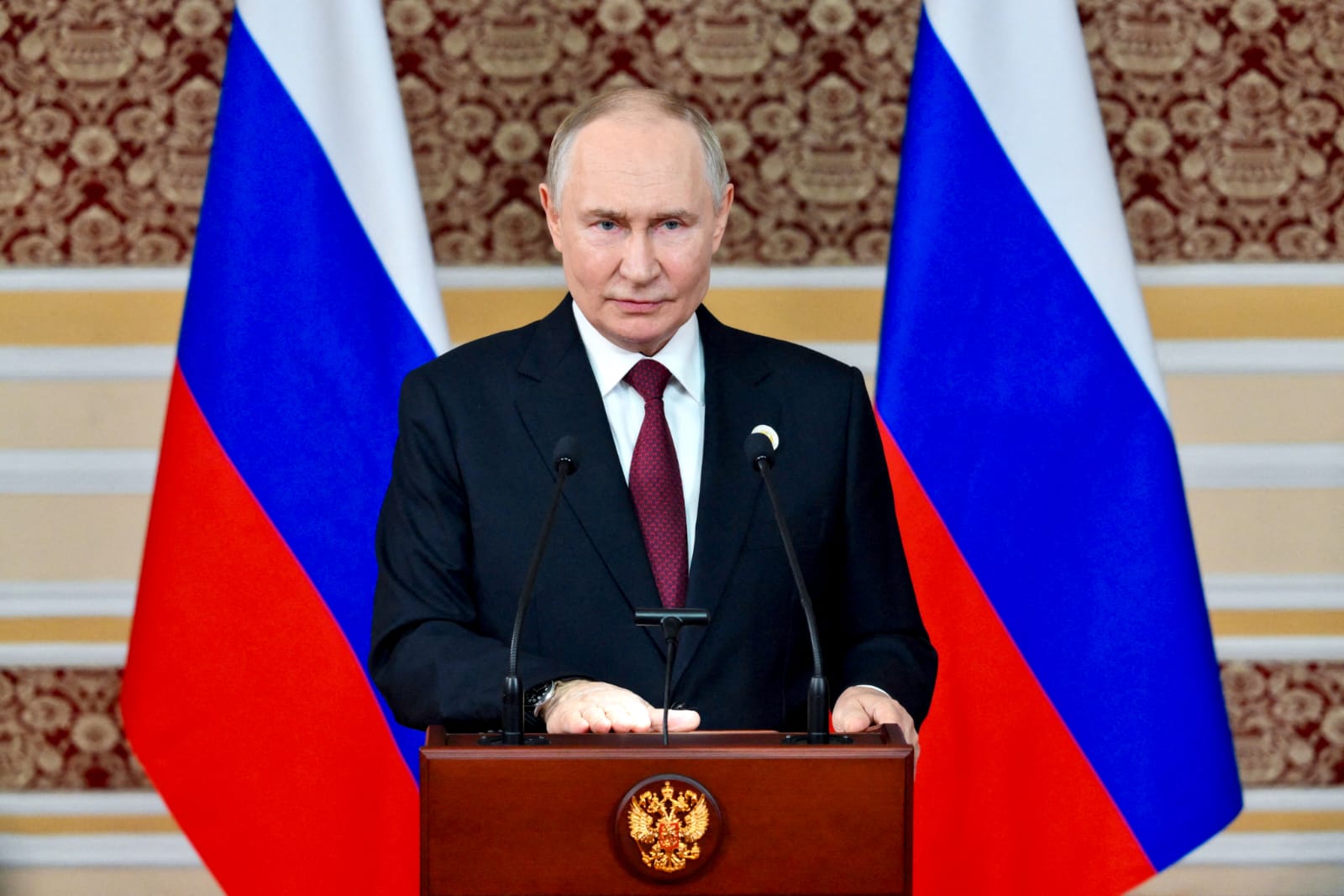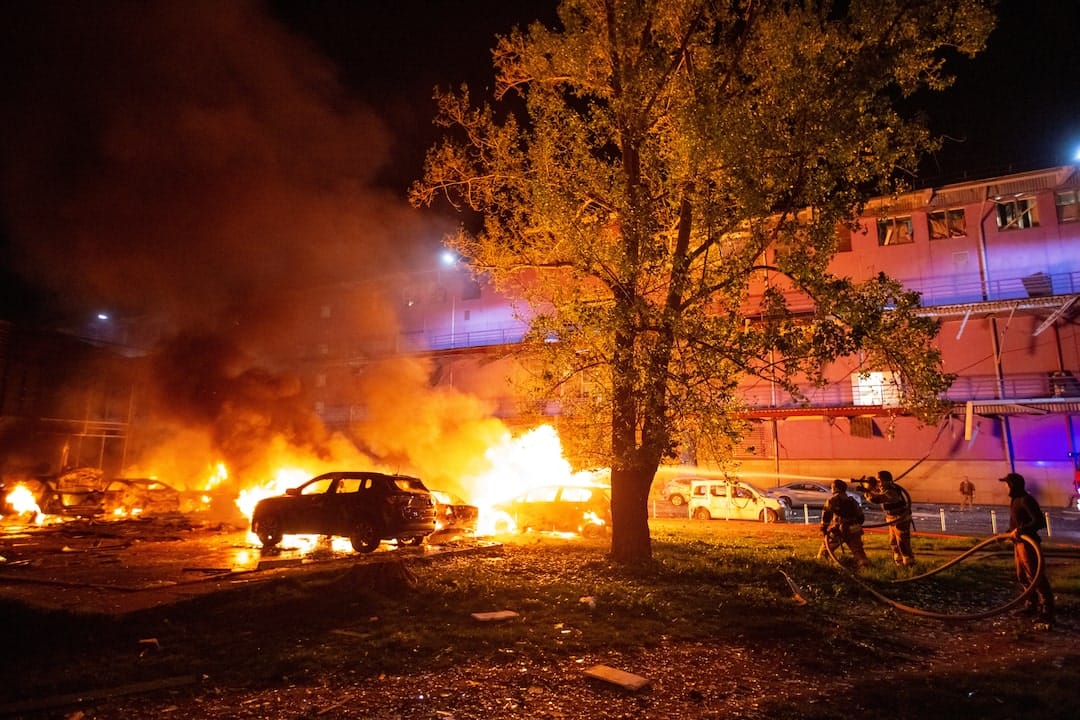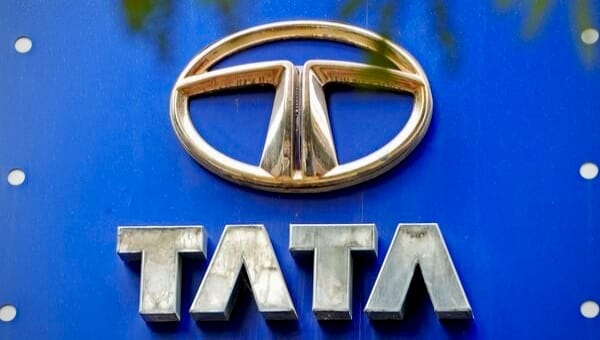
MoneyFint POINT SUMMARY FORMAT
The News: Russia tested its Poseidon nuclear-powered underwater drone on Tuesday, achieving first activation of its miniaturized reactor during submarine deployment, President Vladimir Putin announced Wednesday.
The Context: The test marks Russia’s second strategic weapons announcement in nine days following the October 21 Burevestnik nuclear cruise missile test, despite U.S. President Donald Trump imposing first sanctions since returning to office.
The Mechanics: The 100-tonne Poseidon operates at 1,000+ meter depths traveling up to 100 knots with 10,000-kilometer range, powered by a reactor “100 times smaller” than submarine reactors carrying an estimated two-megaton warhead.
The Impact: NATO anti-submarine warfare systems cannot engage the weapon, with Virginia-class submarine sonar detection range at just three kilometers, forcing Pentagon reassessment of coastal infrastructure and carrier battle group vulnerabilities.
What’s Next: The weapon exists outside treaty frameworks as New START expires February 2026, with Russia planning deployment of 30 Poseidon units by 2027 across Project 09852 Belgorod and Project 09851 Khabarovsk submarine platforms
Russia tested its Poseidon nuclear-powered underwater drone on Tuesday, achieving the first successful activation of its miniaturized reactor during submarine deployment, President Vladimir Putin announced Wednesday at a Moscow military hospital while visiting wounded soldiers.
The announcement escalates strategic tensions with Washington three days after Putin declared successful testing of the Burevestnik nuclear-powered cruise missile on October 21, demonstrating Moscow’s refusal to moderate Ukraine demands despite U.S. President Donald Trump imposing his first sanctions since returning to office. The pattern echoes Cold War-era rapid weapons announcements designed to signal resolve during standoffs.
The Poseidon measures 20 meters in length, weighs 100 tonnes, and carries an estimated two-megaton warhead powered by a liquid-metal-cooled reactor, according to arms control analysts. Putin said the drone’s nuclear reactor is “100 times smaller” than submarine reactors while its warhead possesses “significantly greater” power than Russia’s Sarmat intercontinental ballistic missile. The weapon can travel 10,000 kilometers with operational range limited only by reactor fuel.
“For the first time, we managed not only to launch it from its carrier submarine using the booster engine, but also to activate its nuclear power unit,” Putin said. The drone operates at depths exceeding 1,000 meters while traveling at speeds up to 100 knots, well beyond the engagement envelope of conventional anti-submarine warfare systems.
Russian military-industrial sources told state news agency TASS the system maintains speeds up to 70 knots at one-kilometer depths while remaining undetectable to current NATO sonar arrays. Detection range for Virginia-class submarine sonar is estimated at just three kilometers when Poseidon travels in stealth mode. Russian media described the drone as engineered to detonate near coastlines, generating radioactive tsunamis capable of rendering major cities uninhabitable for decades.
Launch platforms include the Project 09852 modified Oscar-class submarine Belgorod and Project 09851 Khabarovsk submarines, each carrying six Poseidon torpedoes simultaneously. Veteran nuclear strategists who tracked Soviet weapons programs through multiple decades recognize Poseidon as Moscow’s “second strike deterrent” designed to survive any nuclear exchange and retaliate.
Putin framed the weapons development as response to U.S. withdrawal from the 1972 Anti-Ballistic Missile Treaty in 2001 and NATO’s eastward expansion. Trump called Russia’s Burevestnik test announcement “not appropriate” on Sunday, noting Washington maintains nuclear submarines deployed “right off their shore”.
Arms control experts characterize Poseidon as breaking traditional nuclear deterrence classification rules, creating a weapon category outside existing treaty frameworks. Putin said Russia’s strategic forces modernization reached 94 percent completion this year under the State Armament Programme.
The New START Treaty expires February 2026 and limits each nation to 1,550 deployed nuclear warheads and 700 deployed missiles and bombers, representing the last major arms control agreement between Washington and Moscow. Russia offered to voluntarily extend warhead limits if Washington agrees, though the U.S. has not formally accepted.
The Poseidon test alongside rapid Burevestnik development demonstrates Russia’s capacity to field weapon categories that complicate existing defense architectures, forcing NATO planners to reassess vulnerability of coastal infrastructure and carrier battle groups to deep-diving nuclear-armed autonomous systems beyond current interception capabilities. Those who studied Cold War nuclear competition recognize AI-enabled autonomous weapons with unlimited range represent precisely the destabilizing combination previous arms control regimes sought to prevent







